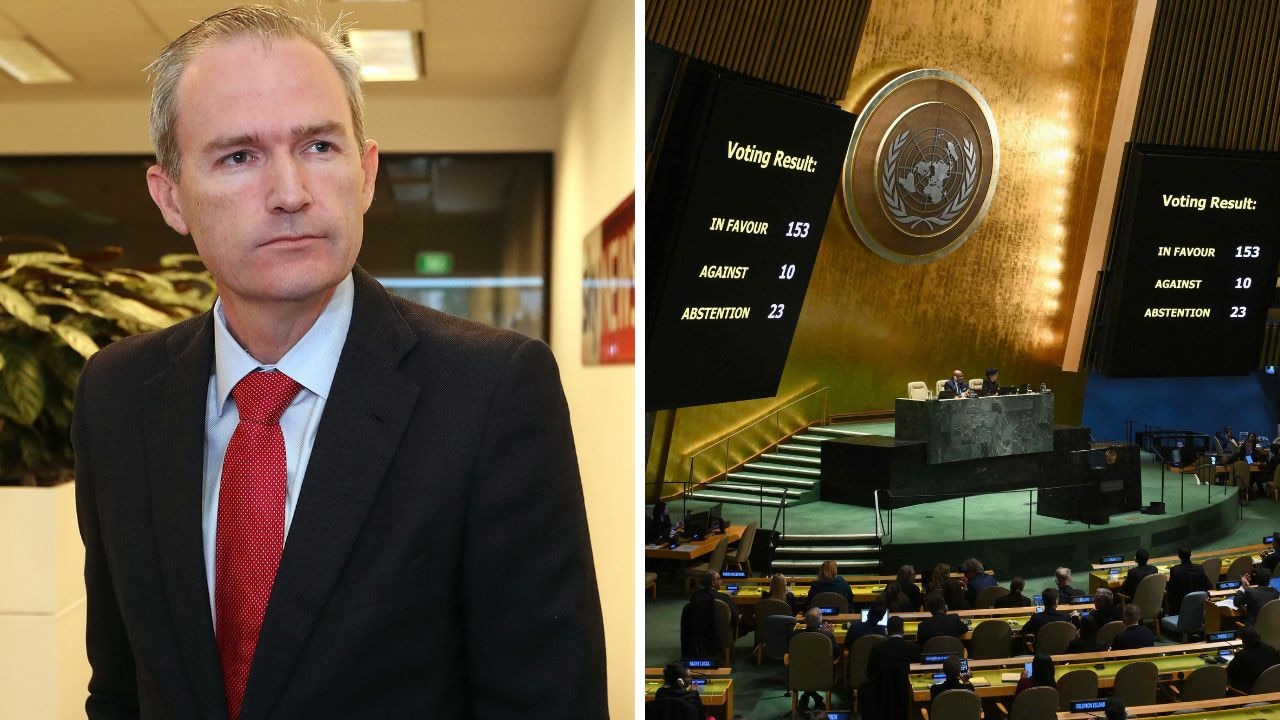United Nations' blunder on glaciers exposed
THE peak UN body on climate change has been dealt another humiliating blow to its credibility.
THE peak UN body on climate change has been dealt another humiliating blow to its credibility after it was revealed a central claim of one of its benchmark reports - that most of the Himalayan glaciers would melt by 2035 because of global warming - was based on a "speculative" claim by an obscure Indian scientist.
The 2007 report by the Intergovernmental Panel on Climate Change, which claimed to incorporate the latest and most detailed research into the impact of global warming, appears to have simply adopted the untested opinions of the Indian glaciologist from a magazine article published in 1999.
The IPCC report claimed that the world's glaciers were melting so fast that those in the Himalayas could vanish inside 30 years.
But the scientists behind the warning have now admitted it was based on a news story in the New Scientist, a popular science journal, published eight years before the IPCC's report.
It has also emerged that the New Scientist report was based on a short telephone interview with Syed Hasnain, a little-known Indian scientist then based at Jawaharlal Nehru University in Delhi.
Mr Hasnain, who was then the chairman of the International Commission on Snow and Ice's working group on Himalayan glaciology, has since admitted that the claim was "speculation" and was not supported by any formal research.
The revelation represents another embarrassing blow to the credibility of the IPCC, less than two months after the emergence of leaked emails from the University of East Anglia's Climatic Research Unit, which raised questions about the legitimacy of data published by the IPCC about global warming.
One email written by a scientist referred to ways of ensuring information that doubted the veracity of man-made climate change science did not appear in IPCC reports.
Several emails also revealed that some scientists at East Anglia tried to bully colleagues who challenged the theory of man-made climate change.
Murari Lal, who oversaw the chapter on Himalayan glaciers in the 2007 IPCC report, said on the weekend he was considering recommending that the claim about glaciers be dropped.
"If Hasnain says officially that he never asserted this, or that it is a wrong presumption, then I will recommend that the assertion about Himalayan glaciers be
removed from future IPCC assessments," Professor Lal said.
The IPCC's reliance on Mr Hasnain's 1999 interview has been highlighted by Fred Pearce, the journalist who carried out the original interview for New Scientist. Pearce said he rang Mr Hasnain in India in 1999 after spotting his claims in an Indian magazine.
"Hasnain told me then that he was bringing a report containing those numbers to Britain," Pearce said. "The report had not been peer reviewed or formally published in a scientific journal and it had no formal status so I reported his work on that basis.
"Since then I have obtained a copy and it does not say what Hasnain said. In other words, it does not mention 2035 as a date by which any Himalayan glaciers will melt.
"However, he did make clear that his comments related only to part of the Himalayan glaciers, not the whole massif."
The New Scientist report was apparently forgotten until 2005 when environmental group WWF cited it in a report called An Overview of Glaciers, Glacier Retreat, and Subsequent Impacts in Nepal, India and China. The report credited Hasnain's 1999 interview with New Scientist. But it was a campaigning report rather than an academic paper.
Despite this it rapidly became a key source for the IPCC when Professor Lal and his colleagues came to write the section on the Himalayas.
When published, the IPCC report gave its source as the WWF study but went further, suggesting the melting of the glaciers was "very likely". The IPCC defines "very likely" as having a probability of greater than 90 per cent.
Glaciologists find such figures inherently ludicrous, pointing out that most Himalayan glaciers are hundreds of metres thick and could not melt fast enough to vanish by 2035 unless there was a huge global temperature rise.
Julian Dowdeswell, director of the Scott Polar Research Institute at Cambridge University, said: "A small glacier such as the Dokriani glacier is up to 120m thick. A big one would be several hundred metres thick and tens of kilometres long. The average is 300m thick so to melt one at 5m a year would take 60 years."
Some scientists have questioned how the IPCC could have allowed such a mistake into print. Professor Lal admits he knows little about glaciers.
The Sunday Times. Additional reporting: James Madden



